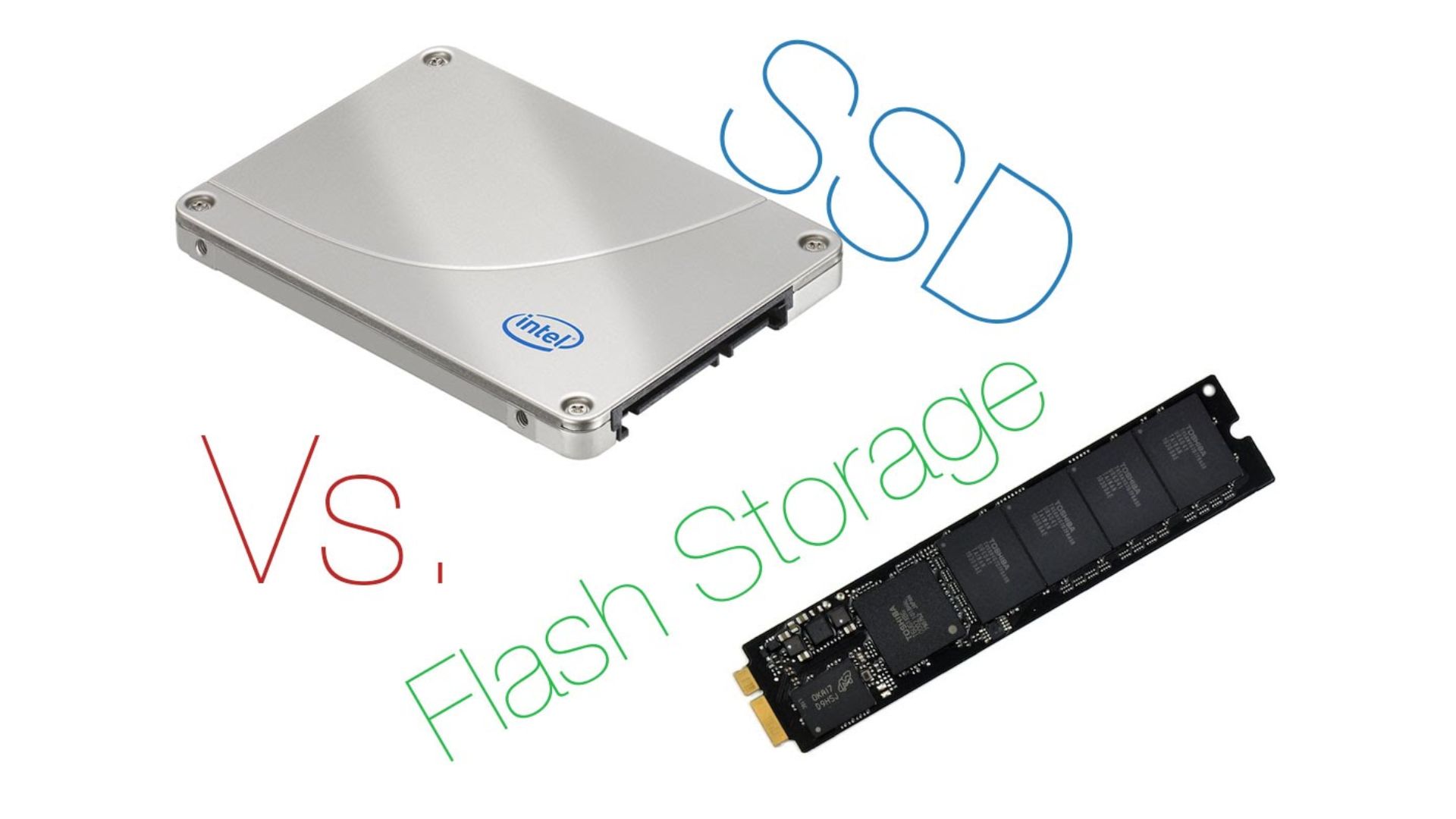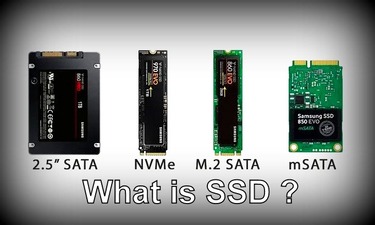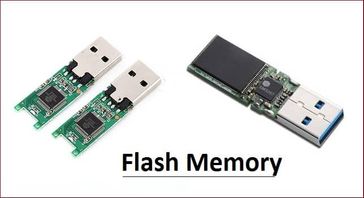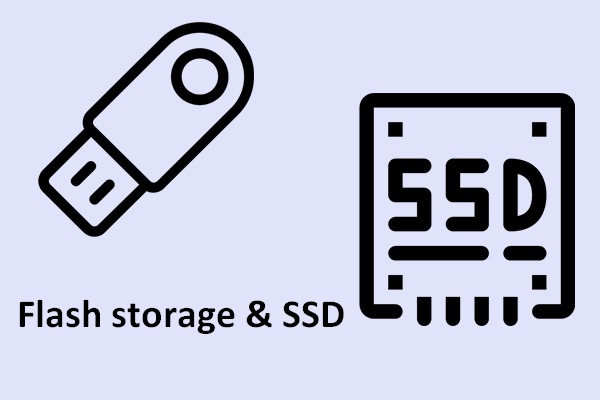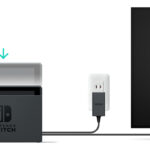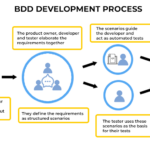Firstly, they are technical devices. Secondly, they both interconnect in their usage. Getting confused is obvious. As a result, most users start finding different descriptions for flash vs SSD drive. Tech Pro can easily solve the confusion, but new and novice users are perplexed by the issue. Data storage is a crucial task yet manageable too. If you are also confused about it, it is the perfect time for checking out our article. Let’s go for it.
Flash vs SSD drive
The market is full of various digital storage items. There was a time when traditional storage (Hard drives or HDD) devices were in trend, but time has adopted new technology as solid-state drivers. Solid State Drives are SSD in short form. On the other hand, the flash drive is supportive in various ways to save the data available in digital formation.
To know them better! It is good to take their definition separately. Let’s begin.
What is SSD?
A solid-state drive or SSD is one of the types of several storage devices in personal computers. It is the composition of memory chips. It stores data on SS flash memory. Moreover, it is capable enough for expeditious data transfer, gaming, content management, data analysis activities, application storage, and file savings. Once it fixes it in the computer, it is replaceable by the technician.
That’s true. There was a time when HDDs were engaging the computer storage device market. But things are now changed. What is SSD? It is the primary storage of any personal computer or laptop. Flash storage helps in the manufacturing of most Solid-state drivers.
Pros
- It is the primary speed source of any PC or laptop.
- It is fast and impressive for the users.
- Furthermore, the SSD has DRAM. That is why it is faster than flash memory.
- This storage consumes less power, and there is no data overwritten issue.
Cons
- Because one wants a high SSD, the personal computer price can increase. So it becomes expensive for the users to buy.
- There may be a time! When it can stop responding because of its over usage from the operator in the writings.
What is Flash Storage
Flash storage/flash memory retains your data for an extended time. With non-volatile memory, flash memory medium devices can secure your crucial information even if you shut down the system and not use it. It is different from RAM, which saves your data temporarily. It is writable or erasable electronically with a silicon chip storage medium.
Moreover, flash memory usually becomes part of various other memory devices or components for resolving the storage issue. USBs, calculators, cell phones, digital cameras, or SSD devices use flash memory to speed up themselves. One can quickly witness its existence in tiny computing devices or any other storage component at a far-reaching level. But it’s an undeniable fact that flash memory works faster in SSD than other flash drivers.
Pros
- Like an SSD, it is easy to rewrite.
- If you continuously install or uninstall any program, it can still cover the things for the operator.
- In case of power-off, the information is safe.
- It gives perfect system speed.
Cons
- Compared to the past few years, it still has higher prices.
- Flash storage prices and speed change as per the device.
Flash vs SSD drive: Which is Better Flash Drive or SSD?
A personal computer or technical device contains various components to give seamless experiences to users. However, the technical items and terms become confusing about their identity or function. These items are out with their short name or abbreviations mostly. Flash storage and SSD are similar here. After an explanation, you can understand that they are used for data storage and speed. But the difference exists. So, it becomes necessary to understand to adapt to them better.
- Various kinds of flash memory or flash storage are available. NOR and NAND are the most usable varieties with their size and write speeds. Its lifespan is limited, and rewriting and erasing features ends at some point. Even though flash memory gets added to the SSD, they are faster even without its existence.
- A few types are necessary for flash storage, like Storage array, SSD flash drive, All-flash array, NVMe storage, Hybrid flash storage, and biggest Hard drive storage. Furthermore, SSD types are SATA SSD, PCIe SSD, M.2 SSD, U.2 SSD, and NVMe SSD.
- When talking about Flash drives vs SSD, they change the space with their usage because the former is practical for various devices like digital cameras, memory cards, Universal Serial Bus, digital devices, personal computers, cell phones, and more. Contrary, SSD is practical for Personal computers and laptops only.
- For speed, flash storage stands at 1100 MB/s for reading and 975MB/s for writing, and storage capacity is 256 GB-3TB and more. Apart from that, SSD reading and writing speed is 550 MB/s-520MB/s. Capacity stands at 4TB-16TB.
Conclusion
We have revealed a detailed based description of both types of storage solutions. Several components are crucial to note in a computer system, and speed and capacity matter the most. If you decide on a flash vs SSD drive debate, then a detailed study is needed with price variations. We hope you got detailed insights and got to know the exact difference between these two memory mediums.
Frequently Asked Questions
Q.1 Who is Faster Than Flash?
Static RAM or ROM is faster than flash storage or flash memory. However, they are more expensive than flash.
Q.2 Which is Better Flash drive or SSD?
Although the flash drive is used for various purposes, SSD only covers personal computers and laptops. Still, an SSD is better than Flash.
Q.3 Can Flash Drives Replace SSD?
Yes, flash drives are fast. But they are limited in writing and can not replace the SSD.
Author Profile
Latest entries
Technology2023.04.20How To Connect Roku To TV? Easy Guide To Follow
Technology2023.04.20How to Connect Nintendo Switch to TV? (With and Without Dock)
Technology2023.04.205 Best Barndominium Design Software (DIY & Professional)
Technology2023.04.20What Is The Relation Between Behavior-Driven Development And Agile Methodology?
